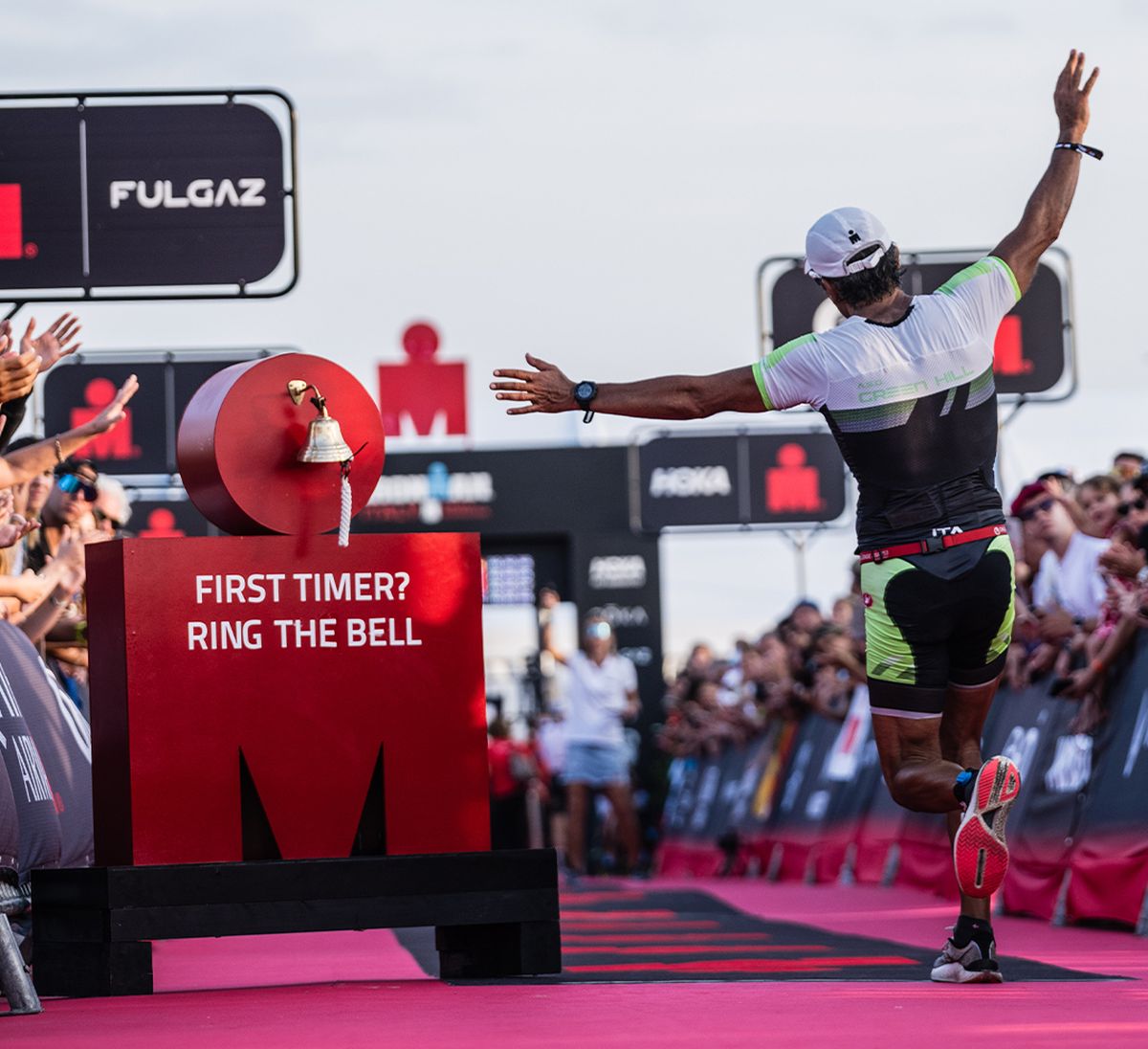
Si fa presto a dire: corro un triathlon IRONMAN. Perché per arrivare al traguardo di una competizione così dispendiosa dobbiamo prima capire se siamo in grado di sostenere uno sforzo prolungato come quello richiesto da un triathlon half e full distance. Il modo più rapido per ottenere la risposta è effettuare i cosiddetti “test di valutazione funzionale”, utili per poter contare su dati un po’ più precisi per allenarsi (zone di allenamento) e per avere delle possibili proiezioni della propria performance (watt medi, velocità di corsa ecc.).
Quanto sono validi i test?
La verità, però, è che i test, proprio perché di breve durata (20-30’ massimo) rispetto a quella della competizione, forniscono “ipotesi”, più o meno realistiche, su quello che può essere il livello di endurance e di performance su qualsiasi distanza gara. Questa previsione è infatti spesso influenzata da tanti altri fattori fra cui, a mio parere, il più importante è il costo energetico.
A questo punto è più che spontanea la domanda: quindi è necessario fare un triathlon IRONMAN per sapere se ho l’endurance per affrontarlo? Direi proprio di no, perché, in realtà, proprio alcuni dati forniti dai nostri allenamenti possono portarci ad alcune semplici ma importanti conclusioni.
Il decoupling
Se osserviamo un atleta correre o pedalare per lungo tempo – se neofita, anche solo a ritmo aerobico, se invece esperto in Z 2-3 – a rivelarci se sia in forma o economico dal punto di vista energetico sarà il rapporto tra la potenza erogata e la frequenza cardiaca durante l’allenamento. Inizialmente, infatti, questi due valori possono avere un andamento parallelo, ma nel corso del tempo, su soggetti poco resistenti o stanchi, la fatica aumenterà anche a parità di intensità, causando una discrepanza tra i due.
Questo fenomeno, chiamato decoupling, potrebbe essere dovuto a diversi fattori, tra cui la mancanza di resistenza generale, di endurance muscolare o di adattamento ai ritmi specifici della performance.
Infatti, quando i muscoli e il sistema cardiovascolare non sono sufficientemente allenati per sostenere l’intensità dell’esercizio per un periodo prolungato, la fatica può aumentare causando un innalzamento della frequenza cardiaca a parità di potenza erogata. Per risolvere questo problema è importante implementare un programma di allenamento che miri a migliorare la capacità di endurance, la resistenza alla fatica e la forza muscolare specifica.
Per avere ancora più chiara la situazione
Facciamo due esempi concreti: se un atleta ha svolto 3 ore costanti con watt in zona 2, secondo le zone di potenza di Coggan, e mostra le linee della potenza e della frequenza cardiaca che si separano leggermente, si “disaccoppiano” di circa il 4%, è adattato e allenato all’endurance.
Se invece l’atleta evidenzia un decoupling del 20% in soli 80’ dimostra di avere un livello di allenamento aerobico basso.
La soluzione c’è
Queste conclusioni possono essere ovvie, perché frutti di esempi estremi, ma ci danno conferma di quanto sia errato basarsi esclusivamente su semplici test per determinare il livello di performance, convinti che ci indichino realmente l’intensità da tenere. La soluzione, invece, è cercare comunque di effettuare dei test per ottenere i ritmi di allenamento soggettivi ma, nello stesso tempo, di valutare con attenzione gli allenamenti che il nostro device memorizza.

(English version)
TO PREPARE FOR AN IRONMAN TRIATHLON DO I HAVE TO DO AN… IRONMAN?
It’s easy to say: I’m running an IRONMAN triathlon. Because to reach the finish line of such an expensive competition we must first understand if we are able to sustain a prolonged effort like that required by a half and full distance triathlon. The quickest way to get the answer is to carry out the so-called “functional evaluation tests”, useful for being able to count on slightly more precise data for training (training zones) and for having possible projections of one’s performance (average watts, running speed etc.).
How valid are the tests?
The truth, however, is that the tests, precisely because they are short in duration (20-30′ maximum) compared to that of the competition, provide “hypotheses”, more or less realistic, on what the level of endurance and performance may be over any race distance. This forecast is in fact often influenced by many other factors, among which, in my opinion, the most important is the energy cost.
At this point the question is more than spontaneous: so is it necessary to do an IRONMAN triathlon to find out if I have the endurance to face it? I would say no, because, in reality, some of the data provided by our training can lead us to some simple but important conclusions.
Decoupling
If we observe an athlete running or pedaling for a long time – if a neophyte, even just at an aerobic pace, if instead an expert in Z 2-3 – what will reveal to us whether he is fit or economical from an energy point of view will be the relationship between the power supplied and heart rate during training. Initially, in fact, these two values may have a parallel trend, but over time, in less resistant or tired subjects, fatigue will increase even at the same intensity, causing a discrepancy between the two.
This phenomenon, called decoupling, could be due to several factors, including the lack of general resistance, muscular endurance or adaptation to specific performance rhythms.
In fact, when the muscles and cardiovascular system are not sufficiently trained to sustain the intensity of the exercise for a prolonged period, fatigue can increase causing an increase in heart rate with the same power output. To solve this problem it is important to implement a training program that aims to improve endurance capacity, resistance to fatigue and specific muscle strength.
To have the situation even clearer
Let’s take two concrete examples: if an athlete has performed 3 constant hours with watts in zone 2, according to Coggan’s power zones, and shows the power and heart rate lines separating slightly, they “decouple” by approximately 4 %, is adapted and trained for endurance.
If, however, the athlete shows a decoupling of 20% in just 80 minutes, he demonstrates that he has a low level of aerobic training.
There is a solution
These conclusions may be obvious, because they are the result of extreme examples, but they give us confirmation of how wrong it is to rely exclusively on simple tests to determine the level of performance, convinced that they really tell us the intensity to maintain. The solution, however, is to still try to carry out tests to obtain subjective training rhythms but, at the same time, to carefully evaluate the training sessions that our device stores.

